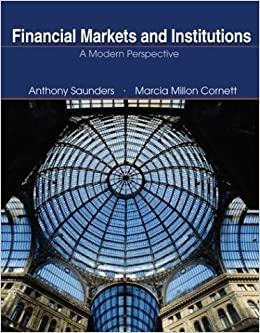Question
A hedge fund with net asset value of $90 per share currently has a high-water mark of $99. Suppose it is January 1, the standard
A hedge fund with net asset value of $90 per share currently has a high-water mark of $99. Suppose it is January 1, the standard deviation of the funds annual returns is 46%, and the risk-free rate is 3%. The fund has an incentive fee of 14% of annual returns, but its current high-water mark is $99, and net asset value is $90.
Required:
What is the value of the annual incentive fee according to the Black-Scholes formula? (Treat the risk-free rate as a continuously compounded value to maintain consistency with the Black-Scholes formula.)
What would the annual incentive fee be worth if the fund had no high-water mark and it earned its incentive fee on its total return?
What would the annual incentive fee be worth if the fund had no high-water mark and it earned its incentive fee on its return in excess of the risk-free rate?
Recalculate the incentive fee value for part (b) if an increase in fund leverage increases volatility to 56%.
Question 2
A market-neutral fund ($160,000,000) strives for very low market risk ( = 0.14). It believes it can generate = 0.05 per quarter. The of the underlying portfolio is 1.34. The risk-free rate is 0.5% per quarter and the S&P 500 is currently priced at 4,000 (E-mini S&P 500 multiplier = $50).
If the S&P 500 is 3,800 at the end of quarter, what is the expected return on the portfolio?
Step by Step Solution
There are 3 Steps involved in it
Step: 1

Get Instant Access to Expert-Tailored Solutions
See step-by-step solutions with expert insights and AI powered tools for academic success
Step: 2

Step: 3

Ace Your Homework with AI
Get the answers you need in no time with our AI-driven, step-by-step assistance
Get Started


